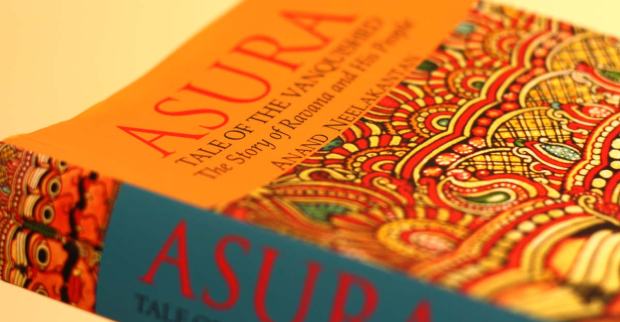
Books are, in a way, windows of your soul
Hi guys, I’m back after a long break. But I’m back for good this time. I’d considered shutting down the blog, but a new turn in my life has motivated me to stop the procrastination and start afresh with the writing. If you’re wondering what that turn was, I’m afraid you’ll have to wait for my next blog post (what’s life without a little suspense, eh?).
I thought I’ll start this post with a question that people generally ask me – ‘How do you pick which book to read?’
So here are a few things that I personally consider while picking a book, but I’ve also added a few points that will help virgin readers pick their first book too!
#1 – Always be sure about your genre
People often get confused between various genres like the fiction versus non-fiction. So before you hit the library, read a few prologues to know which genre piques your interest.
Tip: For the new readers, try and go for light non-fiction books. Don’t jump to a Murakami, just because your reader friends are raving about it.
#2 – Don’t pick a book basis its length
Never pick a book just because it’s just 100 pages. As the saying goes ‘never judge a book by its cover’, similarly never pick a book by its length. A 100 pager book can be as boring vis-à-vis a 1000 pager and vice versa. The quality matters, not the quantity.
#3 – Read reviews
If you’re super confused about the book you’re picking, I’ll recommend to read a few reviews before making the purchase. Most reviews are fairly critical and unbiased as well.
#4 – Always read the prologue
Make sure to read the prologue before buying ANY book. Reading the prologue, gives you a sense of what’s in store once you open the pages and start reading, this way you’ll give your mind the time it needs to set itself in a particular mood that is in sync with the content of the book. (Trust me this does work).
#5 – Start with a known writer
If you’re a beginner, it’s always better to start with an author whom you know or have heard of, this will help you to relate with the book better since the content will also be a little relevant with your surroundings.
So, what are you waiting for? Go ahead and pick your book!
Happy Reading!


